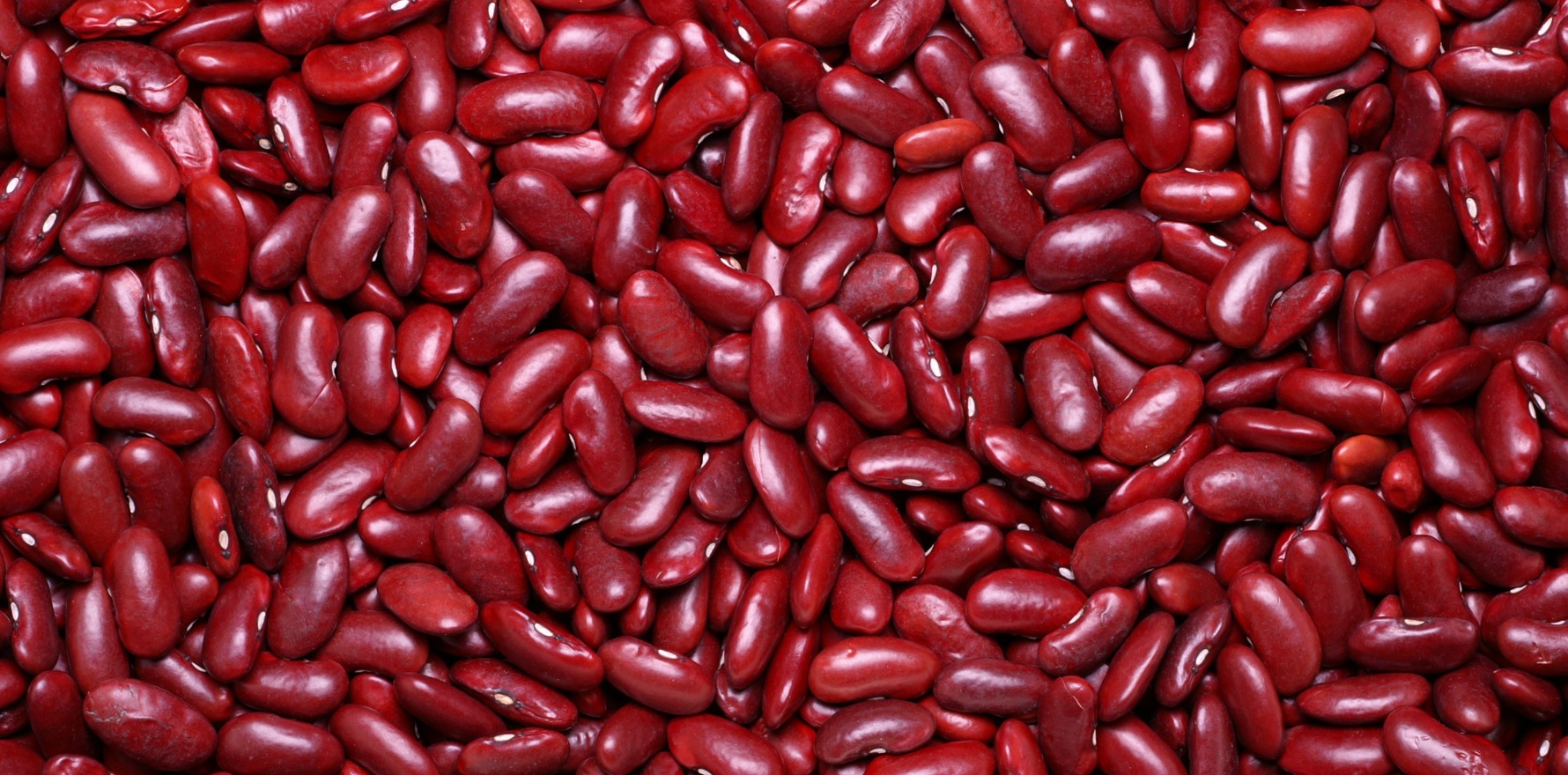Transplanting lower-quality kidneys could cost less and be just as effective as high-quality ones.
As the number of Australians on dialysis continues to rise, more than half of low-quality donor kidneys are being discarded – but healthcare economists are building a case for change.
Patients with chronic kidney disease who undergo dialysis accounted for more than one in 10 of all hospitalisations in Australia, but only 25% were on the waiting list for a kidney transplant.
Currently, donor kidneys were allocated with a preference towards patients who had been on dialysis for longer periods of time, but support for a new system that matched donor kidneys based on the likely survival of the recipient had grown in recent years.
This approach, known as longevity-based kidney allocation, had been used in the US and Canada since 2014 and entailed increasing the kidney donor pool by relaxing criteria on acceptable kidneys for transplant.
Queensland University of Technology health economics researcher Sameera Senanayake explored this concept further in a recent paper for Value in Health.
“In the ideal situation, a low-quality kidney transforms a patient who has to depend fully on dialysis to an almost normal individual – if it fits well, it transforms the patient,” he told The Medical Republic.
Kidneys were evaluated based on donor characteristics such as age and whether they had diabetes or hypertension, with just 25% being classified “high quality”.
“About 60% of low-quality kidneys are discarded, but the evidence shows that about 50% of these could have been transplanted [successfully],” Mr Senanayake said.
Low-quality kidneys came with a higher risk of primary renal allograft dysfunction and the patient returning to dialysis, creating increased short-term costs for the healthcare system.
However, Mr Senanayake’s analysis of net costs found the best option to be transplantation regardless of kidney quality, rather than keeping patients on dialysis until a high-quality kidney becomes available.
“Transplanting a higher-quality kidney is better, compared to a lower quality kidney – but a kidney of any quality is a more cost-effective treatment path than remaining on a waitlist and continuing dialysis,” he told TMR.
More specifically, matching lower-quality kidneys with older patients and higher-quality kidneys with younger patients was associated with the lowest net cost.
This was in keeping with previous research, which found the likelihood of survival of older patients was related more to comorbidities than kidney quality, whereas younger patients’ survival rates were more affected by the quality.
Mr Senanayake said it was expected that Australia would implement a longevity-based kidney allocation system in the near future.


